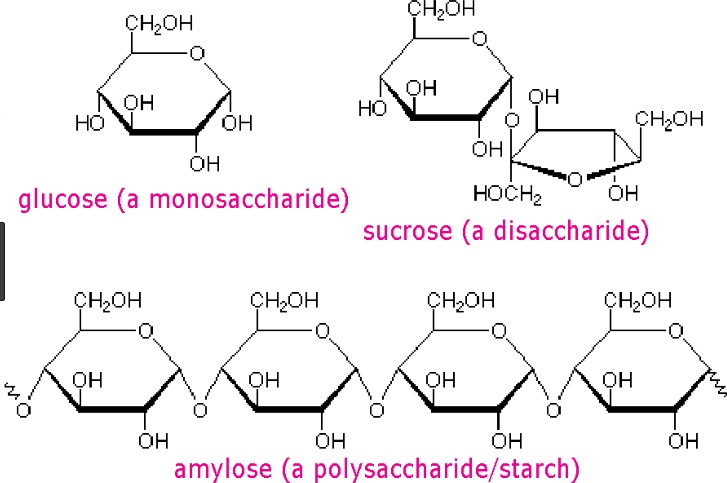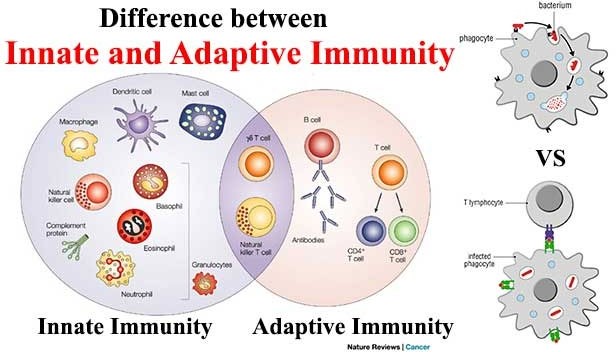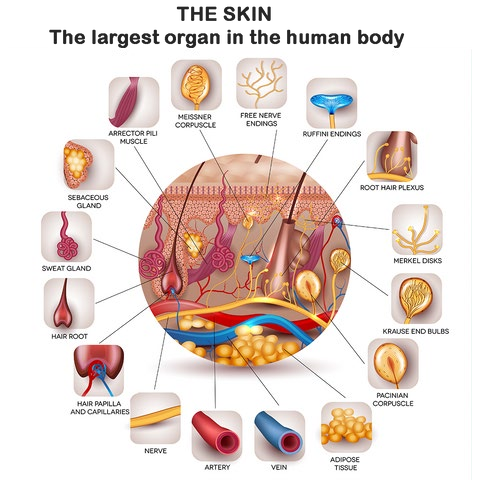What are the steps involved in the scientific method?
A. Observation, hypothesis, prediction, experimentation, analysis, conclusion.
B. Hypothesis, observation, prediction, experimentation, analysis, conclusion.
C. Prediction, observation, experimentation, analysis, conclusion, hypothesis.
D. Observation, data collection, analysis, experimentation, hypothesis, conclusion.
The scientific method is a systematic approach used to answer questions or test hypotheses about the natural world. The steps involved in the scientific method are:
- Observation: This is the first step in the scientific method. It involves observing a phenomenon or a problem and gathering information about it.
- Hypothesis: After making an observation, a scientist forms a hypothesis, which is a tentative explanation for the phenomenon or problem.
- Prediction: Based on the hypothesis, the scientist makes a prediction about what will happen in an experiment or what they will observe.
- Experimentation: The scientist designs and conducts an experiment to test the hypothesis and prediction.
- Analysis: The data collected from the experiment are analyzed to determine if they support or refute the hypothesis.
- Conclusion: Based on the analysis of the data, the scientist draws a conclusion about whether the hypothesis is supported or refuted.
Option b) is incorrect because it starts with hypothesis before observation. Option c) is incorrect because prediction comes before experimentation. Option d) is incorrect because hypothesis comes after observation and data collection.
 |
Therefore, the Correct Answer is A.
More Questions on TEAS 7 Science
-
Q #1: What are the three types of salivary glands and where are they located in the mouth?
A. Parotid, sublingual, and submandibular glands located in the cheeks, tongue, and roof of the mouth, respectively.
B. Sublingual, submandibular, and buccal glands located in the tongue, cheeks, and lips, respectively.
C. Parotid, sublingual, and submandibular glands located in the roof of the mouth, cheeks, and under the jawbone, respectively.
D. Sublingual, parotid, and buccal glands located in the tongue, cheeks, and lips, respectively.
Answer Explanation
The three major pairs of salivary glands are the parotid glands, sublingual glands, and submandibular glands.
- Parotid glands are located just in front of your ears.
- Sublingual glands are located below either side of your tongue, under the floor of your mouth.
- Submandibular glands are located below your jaw.

-
Q #2: What is the function of ribosomes in a cell?
A. To produce energy for the cell
B. To store genetic information
C. To transport molecules within the cell
D. To synthesize proteins in the cell
Answer Explanation
Ribosomes are small, spherical structures found in all living cells, including bacteria, archaea, and eukaryotes. Their primary function is to synthesize proteins using the genetic information stored in the cell's DNA. Ribosomes are composed of two subunits, one large and one small, that come together during protein synthesis.
Ribosomes read the genetic information stored in mRNA (messenger RNA) and use this information to assemble amino acids in the correct order to form a protein. The ribosome moves along the mRNA, adding one amino acid at a time to the growing protein chain until it reaches the end of the mRNA and the protein is complete.
Proteins are essential for a wide variety of cellular functions, including catalyzing chemical reactions, providing structural support, and transporting molecules across cell membranes. Therefore, ribosomes play a critical role in the overall function and survival of a cell.

-
Q #3: Which of the following statements is true regarding vaccines?
A. Vaccines can cause the disease they are designed to protect against
B. Vaccines work by providing passive immunity to the individual
C. Vaccines work by exposing the individual to a weakened or inactivated form of the pathogen
D. Vaccines only provide protection against bacterial infections
Answer Explanation
Vaccines are a type of preventative medicine that work by exposing the individual to a weakened or inactivated form of a pathogen (such as a virus or bacteria) or to a piece of the pathogen (such as a protein or sugar) that triggers an immune response in the body. This exposure allows the body to develop immunity to the pathogen without getting sick from the full-blown disease. Once the immune system has been primed, it can recognize and quickly respond to the pathogen if it is encountered again in the future, providing protection against the disease.
It is a common misconception that vaccines can cause the disease they are designed to protect against. This is not true. While some vaccines may cause mild symptoms such as a low-grade fever or soreness at the injection site, they do not cause the full-blown disease.
Vaccines provide active immunity, meaning that the body produces its own antibodies against the pathogen, rather than receiving pre-made antibodies as in passive immunity. Additionally, vaccines can be effective against both bacterial and viral infections, depending on the specific vaccine.

-
Q #4: What is the chemical formula for water?
A. H2O
B. CO2
C. NaCl
D. C6H12O6
Answer Explanation
The chemical formula for water is H2O. It consists of two hydrogen atoms and one oxygen atom.

-
Q #5: A researcher collects data on the number of cars passing through a busy intersection at different times of the day for a month. This data would be most useful to analyze which of the following:
A. traffic paterns during rush hour
B. pedestrian movement during the day
C. air pollution levels in the area
D. noise levels in the area
Answer Explanation
The data collected by the researcher on the number of cars passing through a busy intersection at different times of the day for a month would be most useful to analyze traffic paterns during rush hour.
-
Q #6: Which of the following is a chemical property of a substance?
A. Density
B. Melting point
C. Boiling point
D. Reactivity with acid
Answer Explanation
Chemical properties are characteristics of a substance that describe its ability to undergo a chemical change or reaction with another substance.
Reactivity with acid is a chemical property because it describes how a substance will react with an acid to produce a new substance. Density, melting point, and boiling point are physical properties that describe how a substance behaves under certain conditions but do not involve a chemical change or reaction.
-
Q #7: What is the difference between a monosaccharide and a disaccharide?
A. Monosaccharides are composed of two sugar molecules while disaccharides are composed of a single sugar molecule.
B. Monosaccharides are simple sugars that cannot be further broken down into simpler sugars while disaccharides are composed of two simple sugars.
C. Monosaccharides are only found in plants while disaccharides are only found in animals.
D. Monosaccharides are used for energy storage while disaccharides are used for structural purposes.
Answer Explanation
Carbohydrates are one of the main types of biomolecules and are composed of monomers called monosaccharides. Monosaccharides are simple sugars that cannot be further broken down into simpler sugars. They are usually composed of 3 to 7 carbon atoms and have a general formula of (CH2O)n, where n is a number between 3 and 7. Examples of monosaccharides include glucose, fructose, and galactose.
When two monosaccharides are joined together by a glycosidic bond, they form a disaccharide. Disaccharides are composed of two simple sugars and can be broken down into their constituent monosaccharides by hydrolysis. Examples of disaccharides include sucrose, lactose, and maltose.
Option a) is incorrect because it describes the composition of a disaccharide, not a monosaccharide. Option
c) is incorrect because both monosaccharides and disaccharides can be found in both plants and animals.
Option d) is incorrect because both monosaccharides and disaccharides can be used for energy storage and
structural purposes, depending on their specific structure and function in the organism.

-
Q #8: What is the difference between innate and adaptive immunity?
A. Innate immunity is present at birth while adaptive immunity is acquired after exposure to pathogens.
B. Innate immunity is specific to particular pathogens while adaptive immunity is nonspecific.
C. Innate immunity is mediated by antibodies while adaptive immunity is mediated by T cells.
D. Innate immunity provides long-term protection while adaptive immunity provides only short-term protection.
Answer Explanation
Innate immunity and adaptive immunity are two arms of the immune system that work together to protect the body from pathogens. Innate immunity is the first line of defense and is present at birth. It includes physical and chemical barriers such as the skin, mucous membranes, and antimicrobial peptides, as well as cells such as macrophages and natural killer cells that can quickly recognize and atack pathogens. Innate immunity is nonspecific, meaning it responds to a wide variety of pathogens in a similar way.
Adaptive immunity, on the other hand, is acquired after exposure to pathogens. It involves the production of antibodies and activation of T cells, which are specific to particular pathogens. Adaptive immunity takes longer to develop than innate immunity, but it provides a more specific and targeted response to pathogens. Once the adaptive immune system has been activated against a particular pathogen, it can provide long-term protection against future infections with that pathogen.
Option b) is incorrect because innate immunity is nonspecific while adaptive immunity is specific. Option c) is incorrect because antibodies are a part of adaptive immunity while T cells can be a part of both innate and adaptive immunity. Option d) is incorrect because adaptive immunity can provide long-term protection, while innate immunity provides immediate but short-lived protection.

-
Q #9: What is the largest organ in the human body by surface area?
A. Brain
B. Heart
C. Liver
D. Skin
Answer Explanation
The largest organ in the human body by surface area is the skin. It covers the entire external surface of the body and has an average surface area of about 20 square feet in adults.

-
Q #10: Which of the following is an example of a double-blind study?
A. Participants are randomly assigned to a treatment group or a control group
B. Participants and researchers both know which group participants are assigned to
C. Participants do not know which group they are assigned to, but researchers do
D. Both participants and researchers do not know which group participants are assigned to
Answer Explanation
A double-blind study is a research design in which neither the participants nor the researchers know which group participants are assigned to. This is done to minimize bias and ensure that the results of the study are as objective as possible. In a double-blind study, the treatment and control groups are randomly assigned, and the participants and researchers are unaware of which group each participant is assigned to. Option a) is an example of a randomized controlled trial, which is a common research design, but it is not necessarily double-blind. Option b) is an example of an open-label study, in which both the participants and the researchers know which group each participant is assigned to. Option c) is an example of a single-blind study, in which the participants do not know which group they are assigned to, but the researchers do.

Free Access on TEAS 7 Exams and Study Notes
- Access to all TEAS 7 Exams
- Performance Tracking and Analysis
- Well Documented and Explained Questions and Answers
- 2000+ Questions and Correct Answers: Answers Well Explained
- Libary of Detailed StudyNotes
- Topical Questions and Answers on Examinable topics
TEAS 7 Exams (Q&A)
TEAS 7 Study Notes
TEAS 7 Topical Tests

TEAS 7 Study Guides
Quick Links
Refer a Friend
Refer a friend and claim free unlimited access

© 2024 ExamGates Made with by ExamGates
